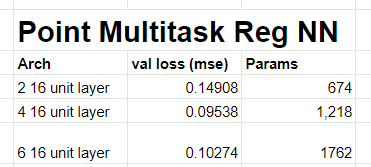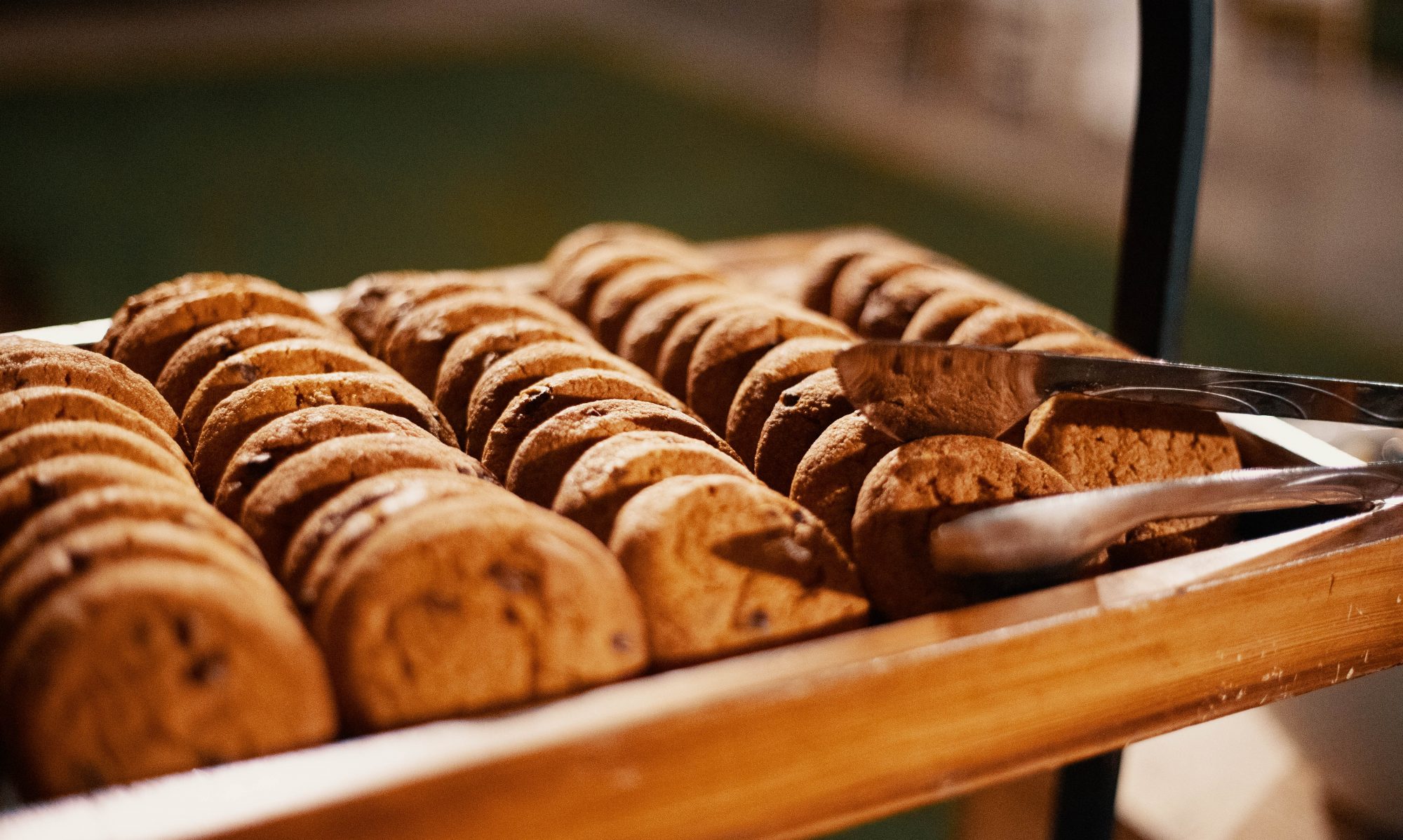Progress
2D Mapping
This week, I finished developing the 2D mapping algorithm. It is a combination of edge-following and lawn-mowing, which effectively maps every possible position of the robot in the room. The robot records its XY-coordinates throughout the phase and at the end of the exploration, a map is generated based on the record. The algorithm itself isn’t overly complicated, but there were many real-world issues (unstable serial connection, inaccurate encoder values, different light/floor condition, etc. ) which made making the algorithm robust very difficult. As I mentioned before, doing edge-following in both direction is necessary to map any corner within the room. Similarly, it turns out that doing lawn-mowing pattern in both horizontal and vertical direction was also necessary. The total length of the mapping would take about 5 minutes for a small sized room. It was also necessary to carefully iterate through the resulting list of coordinates to generate a useful map. The map is basically a discretized grid representation of the room. Currently, the cell-size of the map is set to 5cm. i.e., one cell in the map would represent 5cmx5cm square area of the room. If the robot was able to travel through the cell multiple times, it is safe to conclude the cell is safe, especially with small enough cell size. In addition, if an unexplored cell which is within the range(the radius of the robot) of two or more already explored safe cells, it is reasonable to conclude the unexplored cell is safe as well.
Driving to Home
I also implemented a simple version of driving-to-home function. It will record the “home” location at the beginning of the mapping. This location is different from the actual charging station. To utilize the “dock” functionality of the roomba, it has to be a certain distance straight away from the charging station; or else, the IR sensor will fail to locate the charging station, and the robot will begin travelling in a wrong direction. Thus, the robot will initially move straight back for a certain period of time and record that position as the “home,” so it can try to dock afterwards. Currently, the robot will simply turn to the “home” location and drive straight until it thinks it is within an tolerable error range with the goal. Obviously, it doesn’t take account for the map of the room or any obstacle it might face on the path, so I will improve this functionality in the coming week.
Deliverables next week
Next week, I will improve the driving-to-home functionality and implement a path-finding algorithm that can be used in the driving-to-user functionality.
Schedule
On schedule.

